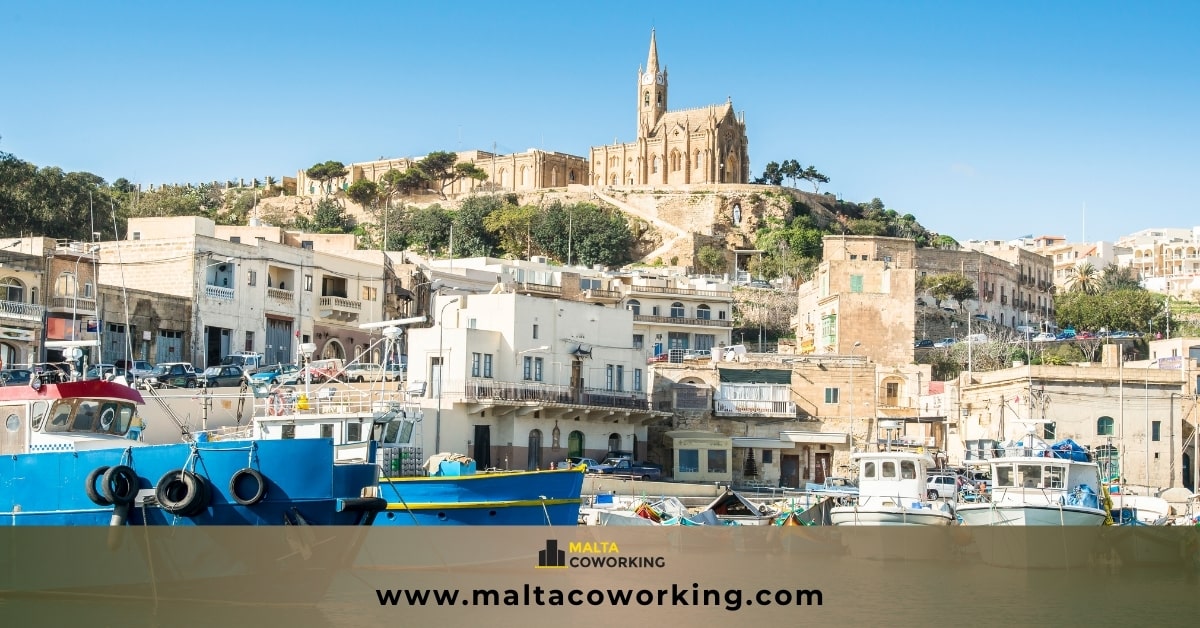Malta, a small island rich in history, is home to many ancient ruins and archaeological sites that date back thousands of years. Various civilizations, including the Phoenicians, Romans, Arabs, and Knights of St. John, have left their mark on the islands. For history lovers, Malta offers a unique journey through time, showcasing some of the oldest and most impressive ancient sites in the world. Here’s a guide to exploring Malta’s ancient ruins.
1. Ħaġar Qim and Mnajdra Temples
Located on a clifftop with stunning views of the Mediterranean Sea, Ħaġar Qim and Mnajdra Temples are two of Malta’s most famous prehistoric sites. Dating back to around 3600-3200 BC, these megalithic temples are older than Stonehenge and the Great Pyramids. They feature massive stone blocks, some carved with beautiful designs, and are thought to have been used for religious rituals. The views from the site, especially at sunset, are breathtaking.
2. The Hypogeum of Ħal Saflieni
One of Malta’s most extraordinary discoveries, the Hypogeum of Ħal Saflieni, is an underground burial site from around 4000 BC. This UNESCO World Heritage Site is a maze of halls and chambers carved from limestone. It was used for both religious and burial purposes, with more than 7,000 people buried there. The site is well-known for its acoustics and the famous “Oracle Room,” which amplifies sound. Visits are limited, so it’s important to book early.
3. Tarxien Temples
Close to the Hypogeum, the Tarxien Temples are another incredible set of megalithic temples from around 3600-2500 BC. These temples are famous for their stone carvings, which include animal figures and spiral designs. Archaeologists have also found evidence of ancient rituals and burials. The intricate carvings give a glimpse into the artistic skills of Malta’s early inhabitants.
4. Malta’s Ancient Ruins: Għgantija Temples, Gozo
On the island of Gozo, the Għgantija Temples are one of the oldest free-standing buildings in the world. Built around 3600 BC, these temples are massive, with limestone blocks weighing over 50 tons. According to local legend, they were built by giants. Visitors are amazed by the size and design of these ancient structures, which were likely used for fertility rituals and other ceremonies.
5. Roman Domus, Rabat
For a taste of Malta’s Roman history, visit the Roman Domus in Rabat. This villa from the 1st century BC belonged to a wealthy Roman family and includes beautiful mosaic floors, marble statues, and a bathhouse. The site offers a glimpse into the luxurious life of Malta’s Roman elite, with well-preserved mosaics depicting mythological figures.
6. Malta’s Ancient Ruins: St. Paul’s Catacombs
Also in Rabat, St. Paul’s Catacombs is a large underground burial complex from the 4th century AD. These tombs were used by Malta’s early Christian and Jewish communities. The catacombs feature unique designs, like circular tables where families would hold feasts to honor their dead. It’s a fascinating look into Malta’s early Christian history.
7. Ħal Tarxien Neolithic Necropolis
Near the Tarxien Temples is the Ħal Tarxien Neolithic Necropolis, an underground burial site from around 3000 BC. Although not as famous as the Hypogeum, this site also holds rock-cut tombs and many ancient artefacts like pottery and tools. It offers a quieter, less crowded experience for those interested in Malta’s ancient burial customs.
8. Malta’s Ancient Ruins: Mdina Fortifications and the Silent City
Mdina, Malta’s ancient capital, is a walled medieval town with a rich history. Its fortifications date back to the Phoenician, Roman, and Arab periods. Walking through the narrow streets of this “Silent City” is like stepping back in time. Mdina’s walls and towers offer beautiful views of the surrounding countryside and give a sense of the island’s strategic importance over the centuries.
9. Ta’ Ħaġrat and Skorba Temples
Located in the village of Mġarr, Ta’ Ħaġrat and Skorba are some of Malta’s oldest archaeological sites, dating back to 3600 BC and earlier. These temples are smaller and less visited than others but offer an intimate look into Malta’s early history. The nearby village ruins also show how people lived during prehistoric times.
Malta’s Ancient Ruins Offers a Journey Through History
Malta’s ancient ruins offer a journey through thousands of years of history. From the mysterious megalithic temples to the intricate Roman villas and Christian catacombs, these sites provide a glimpse into the lives of ancient civilizations. Exploring Malta’s ancient ruins is a must for any history lover, as each site tells its own story of the island’s rich and varied past.









